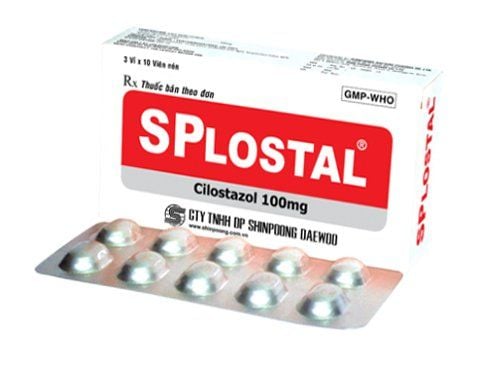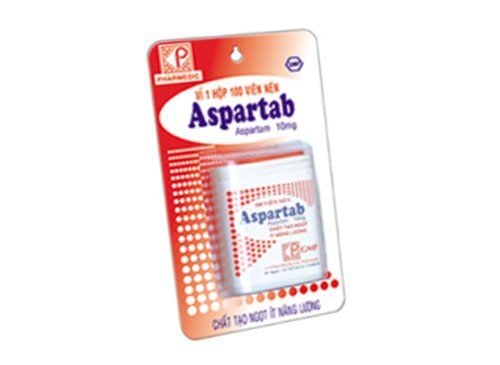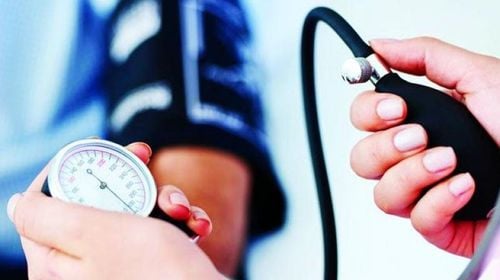This is an automatically translated article.
The article is expertly consulted by Dr. Ton That Tri Dung - Head of Department of Medical Examination & Internal Medicine, Vinmec Danang International Hospital.According to world statistics, every 53 days, a patient will have a cerebrovascular accident (also known as a stroke), every 3.3 minutes, a patient will die from this disease. The alarming numbers make us really worried about the disease. So how to prevent cerebrovascular accident? Let's find out through the following article.
1. What is a cerebrovascular accident?
A cerebrovascular accident, also known as a stroke, is a condition in which a part of the brain is suddenly damaged when a blood vessel supplying that part of the brain is blocked (called a cerebral infarction) or ruptured (called a hemorrhage). Brain).Brain stroke causes the brain to be deprived of oxygen, brain cells die after only a few minutes. After a stroke occurs: Every minute that passes, nearly 2 million brain cells die, making the patient about 3 weeks older. Therefore, "Time is the Brain". The patient needs to be treated as soon as possible and the only treatment is to “reperfuse the brain” as quickly as possible.
Cerebrovascular accident is divided into two main types: cerebral infarction and cerebral hemorrhage.
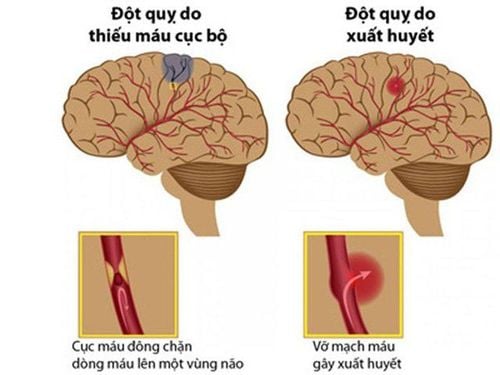
2. Signs to recognize the risk of cerebrovascular accident
The vast majority occur suddenly with severe headaches, fever, vomiting, confusion, respiratory disturbances, pulse collapse, hemiplegia, haemorrhage causing changes in the eyeball, causing the eyes to become misaligned. correct position, pupillary response to normal light. Cerebrovascular accident can lead to severe complications leading to hyperglycemia, hypertension, pulmonary artery occlusion, change of repolarization, cardiac arrest. In case of cerebral infarction, feeling of headache, impaired consciousness will be absent or very rarely pain in the first days. If yes, then from the second day onwards. Vomiting fast, hiccups but also fast. There was no fever in the whole body. The cause of the disease can be atherosclerosis, heart-related disease,... In case of cerebral hemorrhage, headache, loss of consciousness occurs from the beginning, worsening in the first hours. Rapid, continuous vomiting occurs in the first 12 hours. Fever symptoms appear in the full-blown stage. The cause may be due to high blood pressure, cerebral vascular malformation is the majority. In case of brain tumor, brain abscess, gradual onset, symptoms of increased intracranial pressure. Chronic subdural hematoma, in case of mild trauma a few weeks or months before, is difficult to distinguish. Onset of the disease, usually starting slowly, or headache in the morning, fatigue, mental lethargy, percussion of the skull, pain in the hematoma. Partial seizures, because seizures also occur suddenly, repeatedly. A seizure can also be a precursor to a stroke. Some quick signs of a stroke are coming to the patient by FAST rule:Cerebrovascular accident can cause many symptoms such as: Headache, confusion,... but we only need to remember at least 1 of the 3 following groups of signs that appear suddenly, the risk of having a stroke is 90-95%, which is the F.A.S.T sign:
Facial paralysis (Face): The mouth is deviated to one side, Blurred nose-cheek wrinkles. Weakness, paralysis of arms (Arm) or legs: The patient cannot hold, grasp, or walk. Language disorder (Speech): Sudden speech disorder, unable to speak or unclear speech, ... as normal before. Time of disease onset (Time): If there are 3 signs above at the same time, the patient is at very high risk of having a stroke, urgently call an ambulance and take the patient to a medical facility. Be as quick as possible to take advantage of this golden moment to save the patient's life.
Causes of cerebrovascular accident
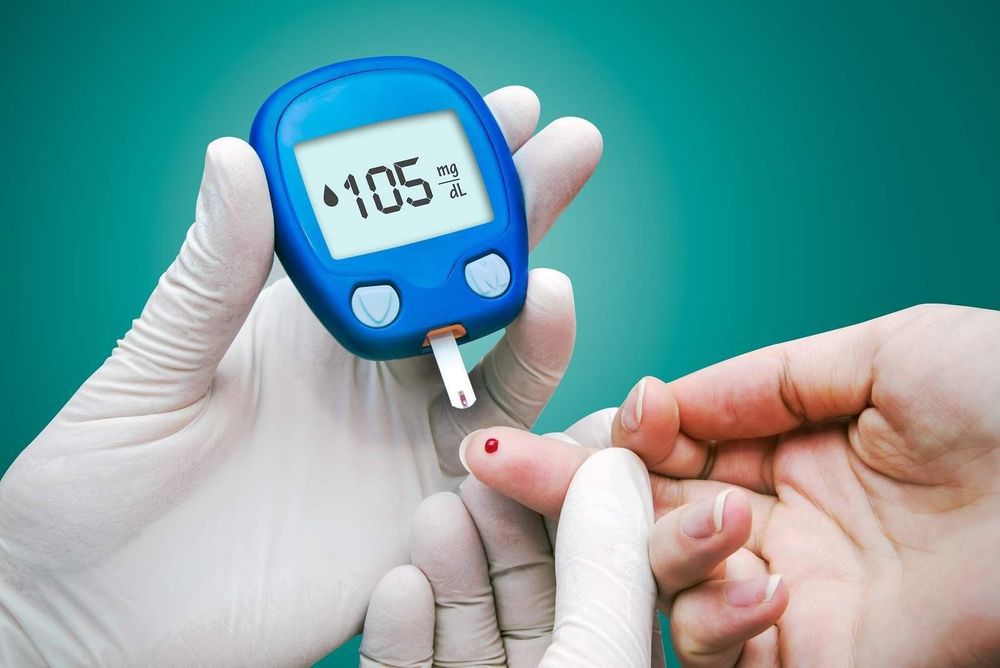
People with diabetes (4 times the risk compared to the general population). High blood pressure (3 times the risk compared to the general population). Cardiovascular disease (6 times more). Dyslipidemia, obese people. People who are sedentary, smoke a lot. Although cerebrovascular accidents often occur in the elderly, today about 25% of strokes occur in young people. Cerebrovascular accident in young people is increasing at an alarming rate: increasing by nearly 50% in the past 12 years. Especially for those who abuse beer, alcohol, tobacco, use stimulants, "office obesity",...
3. What is the method of preventing cerebrovascular accident?
The rate of stroke recurrence in the first 5 years is 25%, which means that 1 out of 4 stroke survivors will have a recurrence later. Therefore, attention must be paid to active treatment for prevention.
There are many methods to prevent cerebrovascular accident. Here are some key methods as follows:
Avoid risk factors with positive lifestyle habits such as: Don't abuse alcohol. Do not smoke or use stimulants. Avoid obesity by exercising daily. Avoid excessive and prolonged nervous tension. The diet should have lots of vegetables and fruits. Limit eating too salty, too much animal fat. Good control and treatment of diseases: Diabetes, hypertension, fat disorders, cardiovascular diseases,... by measuring blood pressure daily, controlling blood sugar, blood fat.. > > See also: Nattou Ichou health food by Pharmacist, Master Pham Thi Kim Dung - Pharmacist Mixing drugs - Faculty of Pharmacy - Vinmec Times City International General Hospital

4. What to do when you see a person having a cerebrovascular accident?
Support loved ones so they don't fall. If the patient is awake, it is necessary to let the patient lie still and quickly call an ambulance to take the patient to the nearest hospital capable of treating stroke. If patient is comatose: Check for normal breathing, tachypnea, slow breathing, or apnea. If breathing stops, artificial respiration is needed to promptly supply oxygen to the brain.5. Things not to do when a loved one has a cerebrovascular accident
Do not arbitrarily treat the patient even with acupressure, acupuncture, or wind blows because these movements can aggravate the condition and waste time in treatment. Do not let the patient eat or drink and prevent regurgitation, inhaling vomit or food into the airways will be very dangerous. Do not arbitrarily use antihypertensive drugs, only use antihypertensive drugs when blood pressure is >220/120 mmHg and do not use sublingual antihypertensive drugs.6. How is cerebrovascular accident today treated?
The goal is to revascularize as soon as possible: with thrombolytic therapy (rTPA) for patients presenting to the hospital early in the golden hour (less than 4.5 hours after stroke) and thrombectomy. by mechanical means (less than 6 hours after stroke). In 2018, the American Stroke Association (ASA) recommended that mechanical thrombectomy could be performed in some patients with large vessel occlusion in the brain who came to the hospital with a later time, specifically: is from 6 to 16 hours or 16 to 24 hours with a number of separate criteria, in which there is a mandatory criterion of infarct core less than 50-70ml, as assessed by CT scan of brain perfusion (CTP) which can only It can be done in generations of multi-sequence computed tomography machines such as CT 640 and specialized software. There have been a number of hospitals equipped with this generation of machines, including Vinmec Da Nang.The next goals are to limit complications, find the cause of cerebrovascular accident to prevent recurrent stroke and restore nerve by rehabilitation exercise.
Please dial HOTLINE for more information or register for an appointment HERE. Download MyVinmec app to make appointments faster and to manage your bookings easily.








